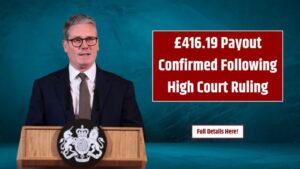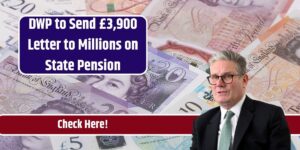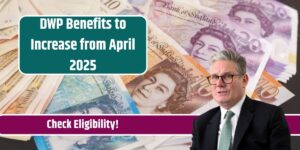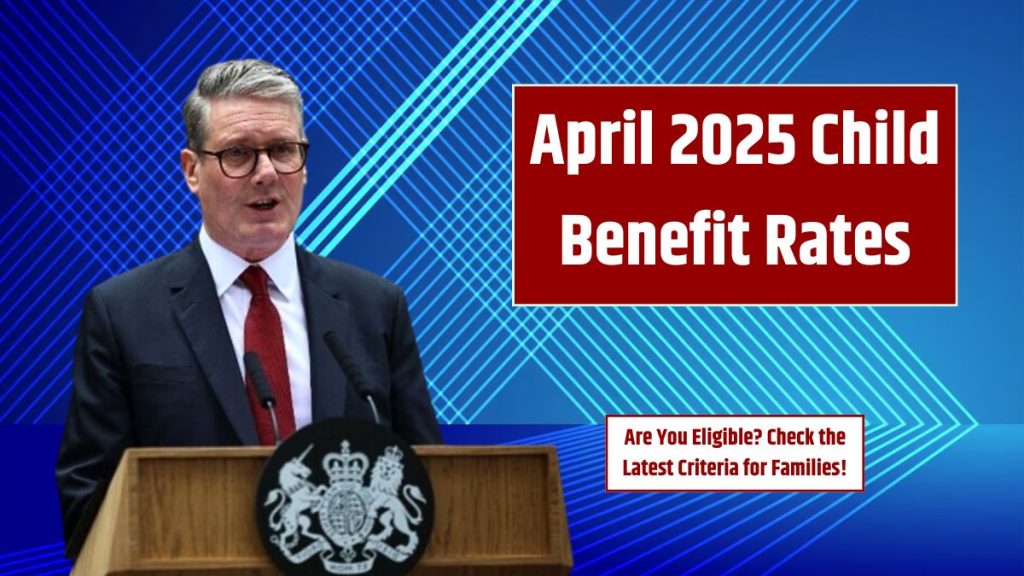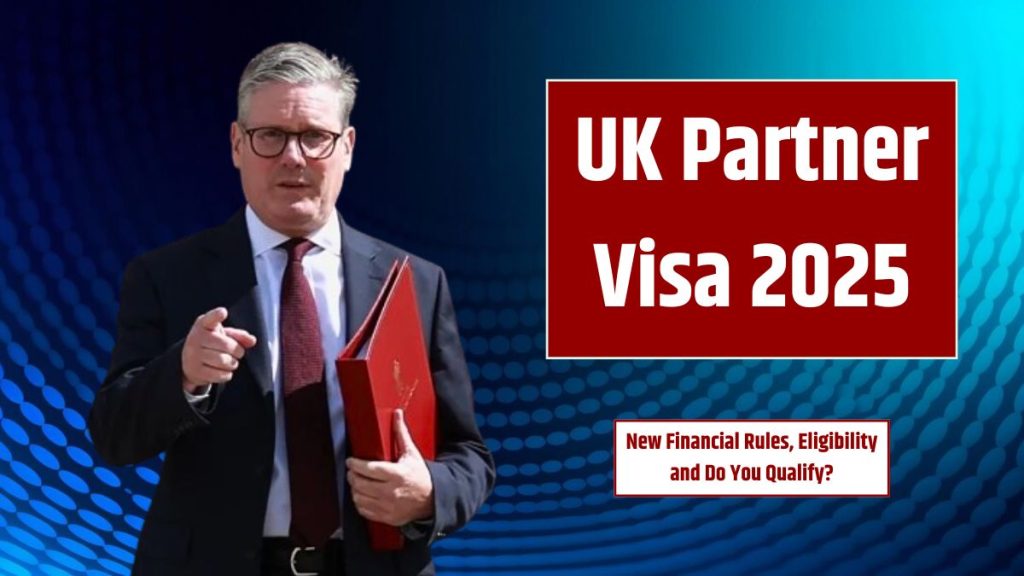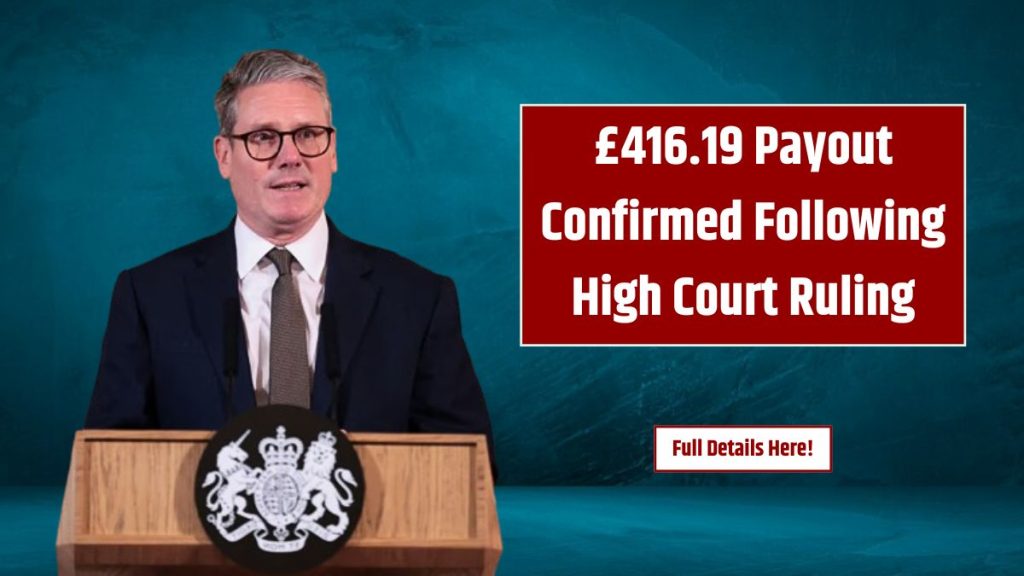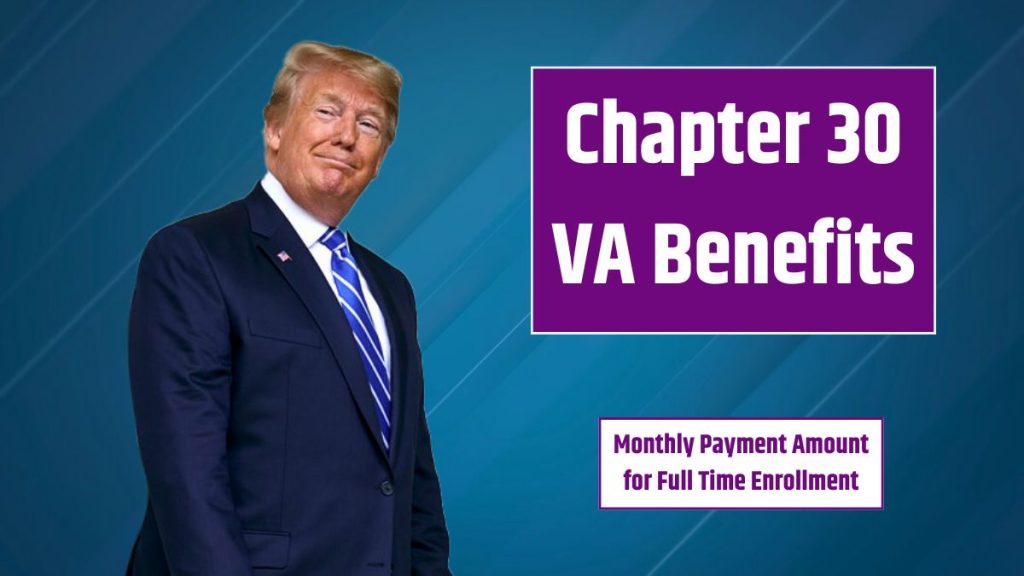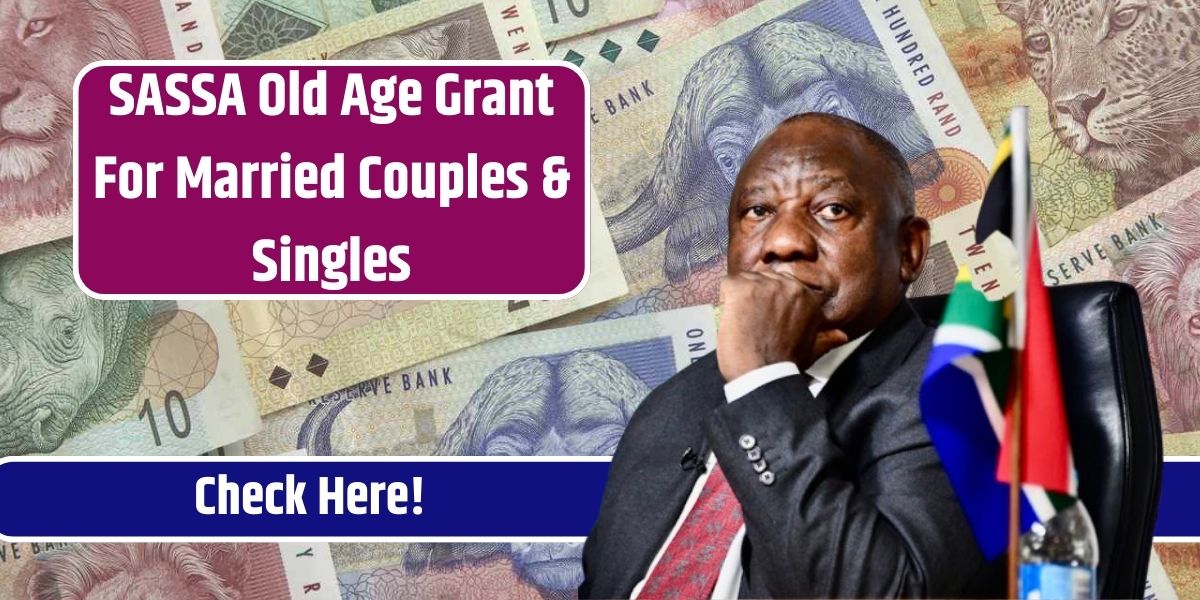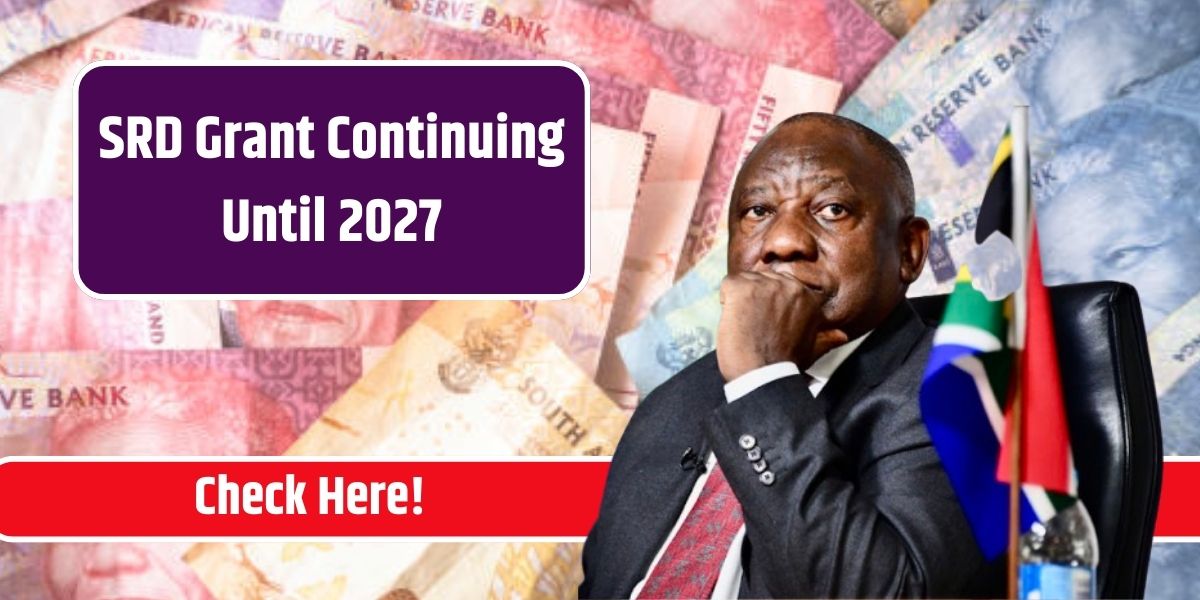The petition to increase the UK’s personal tax allowance to £45,000 has sparked a lively public debate, gathering over 32,425 signatures and highlighting the financial challenges faced by lower-income households. Initiated by Denver Johnson, the campaign calls for a drastic revision of the income tax threshold, currently set at £12,570, in an effort to reduce fiscal pressure on those most affected by inflation and stagnant wages. This discussion raises broader questions about the fairness and sustainability of the UK’s tax system.
What Is Fiscal Drag?
Fiscal drag occurs when tax thresholds are frozen, causing more taxpayers to enter higher tax brackets as wages rise with inflation. This phenomenon has been in effect since 2021/22, as the UK government maintained personal tax allowances at fixed levels. While this strategy generates significant government revenue without raising tax rates, it often results in higher tax burdens for individuals, particularly those with lower incomes.
The personal allowance freeze has created what critics call a “stealth tax,” where more people end up paying taxes on incomes that would otherwise have been tax-free. This disproportionately impacts lower-income households, exacerbating inequality as the gap between taxable income and living costs widens.
The Petition’s Momentum
Denver Johnson’s petition has resonated with the public, doubling its signatures in a matter of days. Surpassing the 30,000-signature mark has already mandated a response from the Department for Work and Pensions. If it garners 100,000 signatures, it could lead to a parliamentary debate on the proposed changes. Johnson argues that the current tax thresholds “punish the poorest members of society,” urging policymakers to prioritize fairness over revenue generation.
The Financial Impact of Frozen Tax Thresholds
Freezing tax thresholds has far-reaching implications. According to the Office for Budget Responsibility (OBR), the freeze is projected to bring 1.3 million people into the tax system by 2025/26, while one million taxpayers will be pushed into higher tax brackets.
This hidden tax increase reduces disposable income for many households, making it harder for families to cope with rising costs of living. Lower-income workers, who were previously exempt from income tax, find themselves disproportionately affected, as their modest earnings now fall within taxable brackets.
Table: Effects of Frozen Tax Thresholds
| Impact | Projection (2025/26) |
|---|---|
| New taxpayers added | 1.3 million |
| Higher-rate taxpayers added | 1 million |
| Increase in tax revenue (est.) | £30 billion |
| Typical increase in tax burden | 37.7% for bottom decile workers |
Expert Insights on the Tax Freeze
Finance expert Martin Lewis explains how frozen thresholds stealthily increase tax liabilities. “As earnings rise, even modestly, more of your income becomes taxable. This ensures a steady revenue stream for the government but squeezes household budgets.”
Victor Bulmer-Thomas, writing for the London School of Economics, highlights the ethical concerns. He points out that workers in the lowest income decile have experienced tax rate increases far exceeding the 20% basic rate. This disproportionate impact could alienate voters and create long-term political consequences.
Government’s Position on Tax Allowances
Despite mounting public pressure, the government has opted to maintain the freeze on tax allowances until 2028. Chancellor Rachel Reeves’ budget aligns with the previous Conservative government’s policies, emphasizing fiscal responsibility over immediate tax relief. Speculation suggests the freeze could even extend to 2030 under Labour leadership.
The government defends the policy as a necessary measure to manage public finances during a challenging economic period. Critics, however, argue that this approach prioritizes revenue generation over fairness, disproportionately burdening those least able to afford it.
The Path Forward
The success of Denver Johnson’s petition could compel policymakers to revisit the issue. While achieving the £45,000 threshold may be ambitious, the growing public outcry underscores a need for reform. If left unaddressed, fiscal drag could deepen economic inequalities and erode public trust in the tax system.
The debate over personal tax allowances is part of a larger conversation about balancing government revenue needs with creating a fair and sustainable taxation structure. As inflation and living costs continue to rise, addressing these concerns becomes increasingly urgent.
The proposal to raise the UK’s personal tax allowance to £45,000 reflects widespread dissatisfaction with the current tax system. By freezing tax thresholds, the government has placed a growing financial strain on lower-income households, sparking ethical and political debates about fairness. Whether this petition leads to legislative change or serves as a rallying cry for future campaigns, it highlights the urgent need for a more equitable approach to taxation.
What is the current personal tax allowance in the UK?
The personal tax allowance is £12,570 as of 2025. Income above this threshold is subject to taxation.
What is fiscal drag, and why is it controversial?
Fiscal drag occurs when tax thresholds are frozen, causing more people to pay taxes as wages rise with inflation. It is controversial because it disproportionately affects lower-income groups.
What happens if the petition reaches 100,000 signatures?
If the petition gathers 100,000 signatures, it will be eligible for debate in Parliament.
